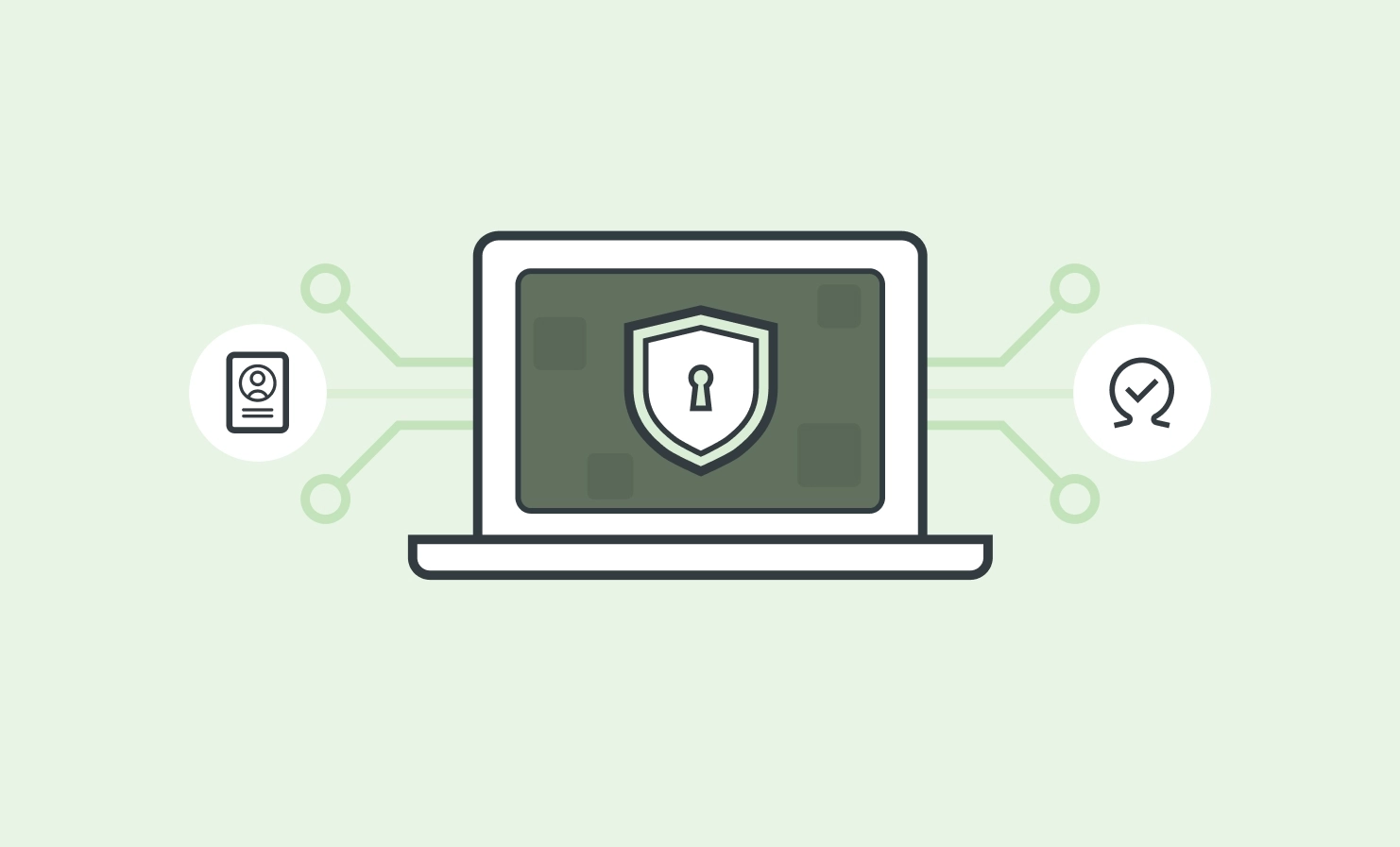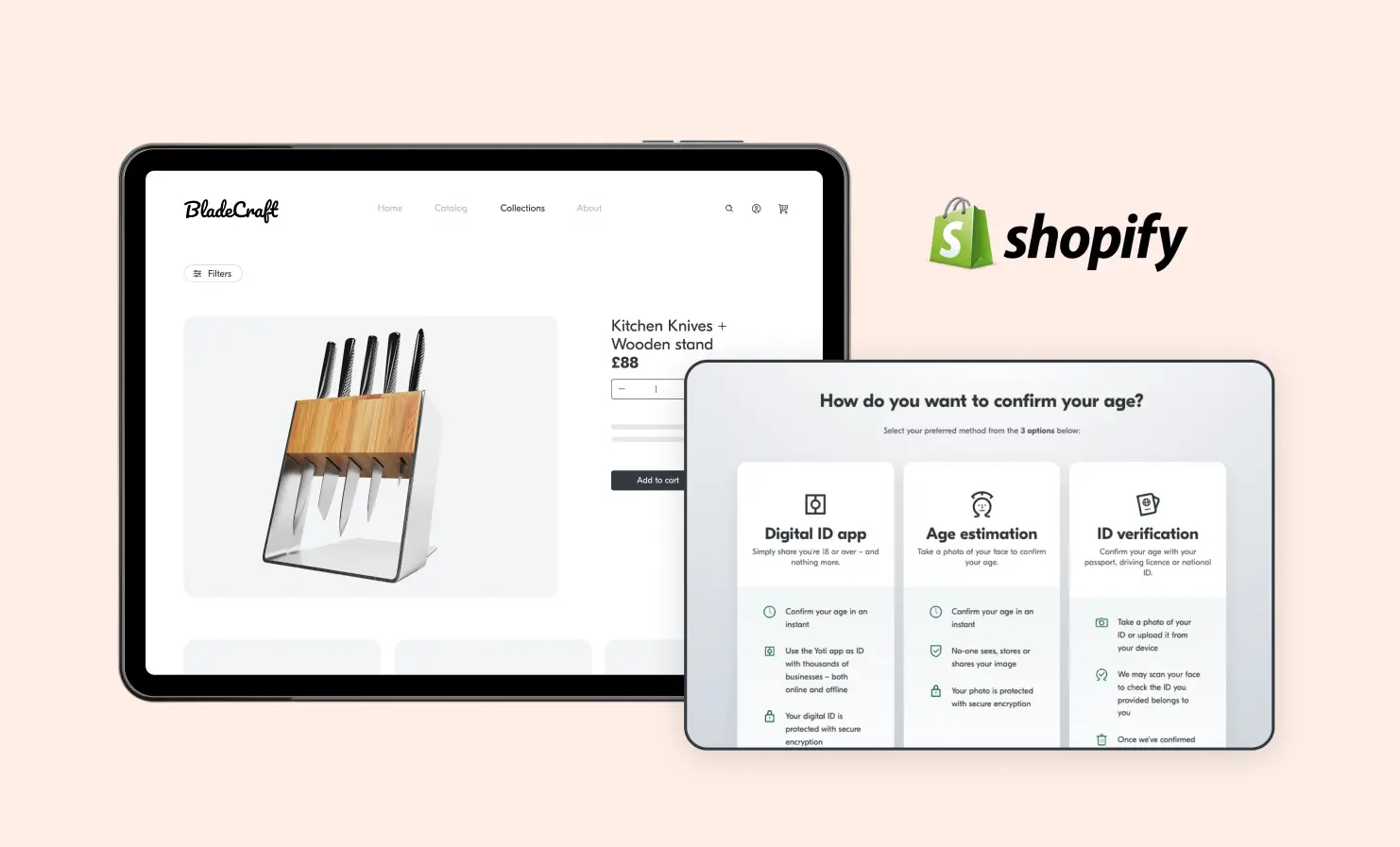
In today’s digital world, we have dozens of online accounts. These range from online banking to social media, dating apps to gaming platforms. Though convenient, this opens the door to the rapidly growing threat of account takeover fraud.
Account takeover fraud is surging, with global losses expected to hit $17 billion by the end of 2025. The number of account takeover attacks is rising sharply too, increasing by 24% year-over-year in 2024.
This blog walks you through what account takeover is, how it happens and what you can do to prevent it.
What is account takeover?
At its core, account takeover is when someone gains access to a user’s account without their permission. This could be a banking login, an online shopping account, an email address or even a social media profile. Once inside, the attacker can pretend to be the real user. Then they can manipulate account details, withdraw funds, exploit services or impersonate the user.
Account takeover isn’t always a one-off event. In many cases, attackers use that access as a stepping stone to withdraw or transfer money or, in impersonating the user, convince friends or family to transfer funds to another account.
It’s important to distinguish account takeovers from more general hacking. Whilst many cyberattacks target systems or databases, account takeover specifically targets individual user accounts. Due to the high number of data breaches and compromised information, account takeover remains a risk for businesses and customers.
Who can be targeted by account takeover?
Anyone can become a victim of account takeover. That said, attackers usually target the most profitable or impactful accounts. For instance:
- Online banking and fintech platforms allow for instant access to money and personal data.
- E-commerce and gambling sites may have stored credit cards or saved addresses.
- Corporate email accounts and workplace tools are a gateway to sensitive business communications and internal systems.
- Social media sites are useful for impersonation, scams and phishing attacks.
How does account takeover happen?
Cybercriminals use a range of methods to gain unauthorised access to accounts. Some of the most common include:
- Credential stuffing – Attackers take leaked usernames and passwords from previous breaches and test them across other sites. If you’ve reused passwords, the risk increases significantly.
- Phishing – Phishing attacks are fake emails, texts or messages that appear to be from reputable organisations. Since they’re designed to mimic legitimate institutions, attackers can trick users into revealing their login details.
- Malware – Malicious software installed on a user’s device can capture login data and send it back to attackers. This can include software which logs your keystrokes or captures screenshots of your device.
- Digital injection attacks – This is a newer form of attack which targets systems relying on biometric authentication (such as FaceID). Fraudsters attempt to bypass the device camera and “inject” fake video feeds to circumvent anti-spoofing checks and access accounts.
- Man-in-the-middle attacks – If a user connects through an unsecured network, attackers can intercept data sent between the device and the platform.
The consequences of account takeover fraud
Account takeover fraud can have serious and far-reaching consequences for both individuals and organisations. Once a fraudster gains access to an account, they effectively assume the identity of the legitimate user. This gives the attacker full control over the user’s data, financial resources and account activity.
Account takeover fraud can lead to a wide array of damaging outcomes, including:
- Financial losses: Individuals may lose personal savings, fall victim to unauthorised purchases or face disruptions to their banking services. For businesses, the financial toll includes direct losses from fraudulent transactions, chargeback fees, customer reimbursements and an increased burden on customer support teams.
- Identity fraud: Criminals can extract sensitive personal information which can be used to commit identity theft. Examples include opening new accounts or applying for credit in the victim’s name. The long-term consequences for individuals can be devastating, including affecting credit scores or financial security.
- Compromised accounts: A single compromised account can quickly lead to a chain reaction. If users have reused their login credentials across multiple platforms, attackers can exploit this to access a wide range of other services.
- Lack of trust and damaged reputation: Customers entrust businesses with their information. Failure to protect that trust can have lasting reputational damage. If a customer’s account is compromised, your brand may be perceived as negligent or insecure, even if the breach originated elsewhere. Rebuilding that trust is difficult and in many cases, customers may choose to take their business elsewhere.
- Costly forensic investigations: Dealing with account takeover incidents is not only costly but also time-consuming. Businesses may need to conduct in-depth forensic investigations to understand the scope of the breach and identify how the attack took place. These investigations can strain internal resources and disrupt normal operations.
- Legal penalties: Depending on the jurisdiction and the nature of the breach, organisations may face consequences under data protection regulations. For example, businesses that process the personal data of individuals within the European Union or the European Economic Area fall under the scope of GDPR. This allows for fines of up to €20 million or 4% of a company’s global turnover – whichever is greater.
Account takeover detection and prevention
The earlier you identify suspicious activity, the easier it is to limit potential damage. You can do this by:
Monitoring suspicious or unusual activity
This can include logins from unexpected locations, multiple failed login attempts and new devices accessing an account. You should also pay attention to changes in contact details, high-volume password resets or sudden account changes. High-value or frequent transactions that don’t match the user’s usual behaviour may also indicate account takeover.
Using fraud detection tools
Modern fraud detection tools use machine learning to flag suspicious behaviour. They can learn what “normal” looks like for a user, using behavioural analytics to flag issues in real time.
Solutions that employ machine learning can analyse massive datasets and recognise patterns associated with account takeover attempts. They can ensure quicker response times and stronger account security. These systems improve over time by adapting to new threats.
Adding multi-factor authentication (MFA)
Requiring a second form of verification adds a critical layer of defence. Even if a bad actor gets hold of a user’s password, they can’t access the account without an additional factor. This could be a push notification, a text code or authentication using FaceID.
Allowing password-less authentication
Passwordless authentication eliminates password-related vulnerabilities by safeguarding businesses from common threats like phishing, credential stuffing and brute force attacks.
It replaces traditional passwords with methods like using biometrics or sending one-time codes to trusted devices. It also improves user experience through faster, more convenient and frictionless logins.
Accepting Digital IDs
Digital IDs provide a secure and user-friendly way to verify identity. Linked to a person’s unique biometrics and accessible only on their personal device, they greatly reduce the risk of account takeovers, even if login credentials are stolen. By matching the user’s face to the person attempting to access the account, Digital IDs ensure only the rightful owner can log in to their account.
Digital IDs enable quick, seamless sign-ins without the need for passwords or physical identity documents. They also help prevent underage access by verifying age at sign-up and stopping minors from using a parent’s or sibling’s account.
Opting for passive liveness checks
Passive liveness checks confirm that a real person (not a bot) is accessing the account. We’ve developed a world-leading passive liveness solution which works without the user having to move or blink. Recently certified at iBeta NIST Level 2 with 100% attack detection accuracy, it determines if a real, live human is in front of the camera. This can be paired with our patented SICAP technology to stop masks, spoofs, deepfakes and injection attacks in their tracks.
Including face matching checks
At the point of account creation, Yoti can securely store the liveness selfie image for future authentication. This ensures the person accessing the account is the real and rightful owner, and not a deepfake or bad actor.
For high value transactions, account changes or if you suspect suspicious account behaviour, this adds a highly secure reauthentication factor to the login process.
Stay ahead of account takeover
Account takeover is a threat growing in complexity and scale. By combining smart detection strategies and robust identity verification and authentication tools, businesses can protect their users from one of the most damaging forms of cybercrime today.
If you’re serious about preventing account takeover fraud, please get in touch.



